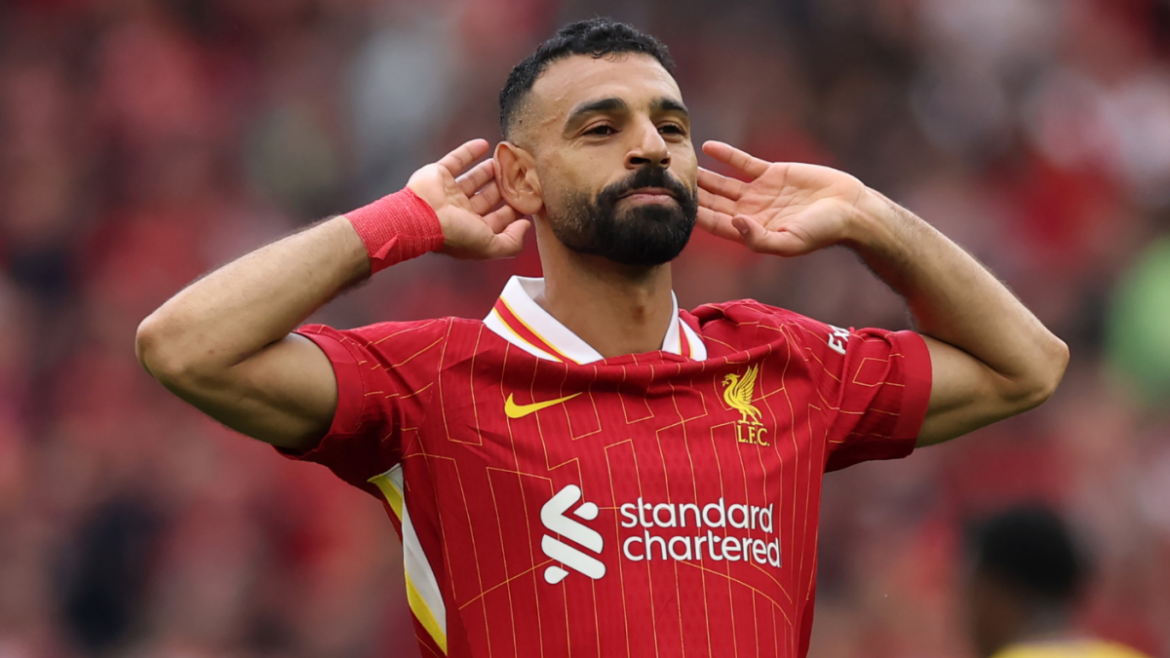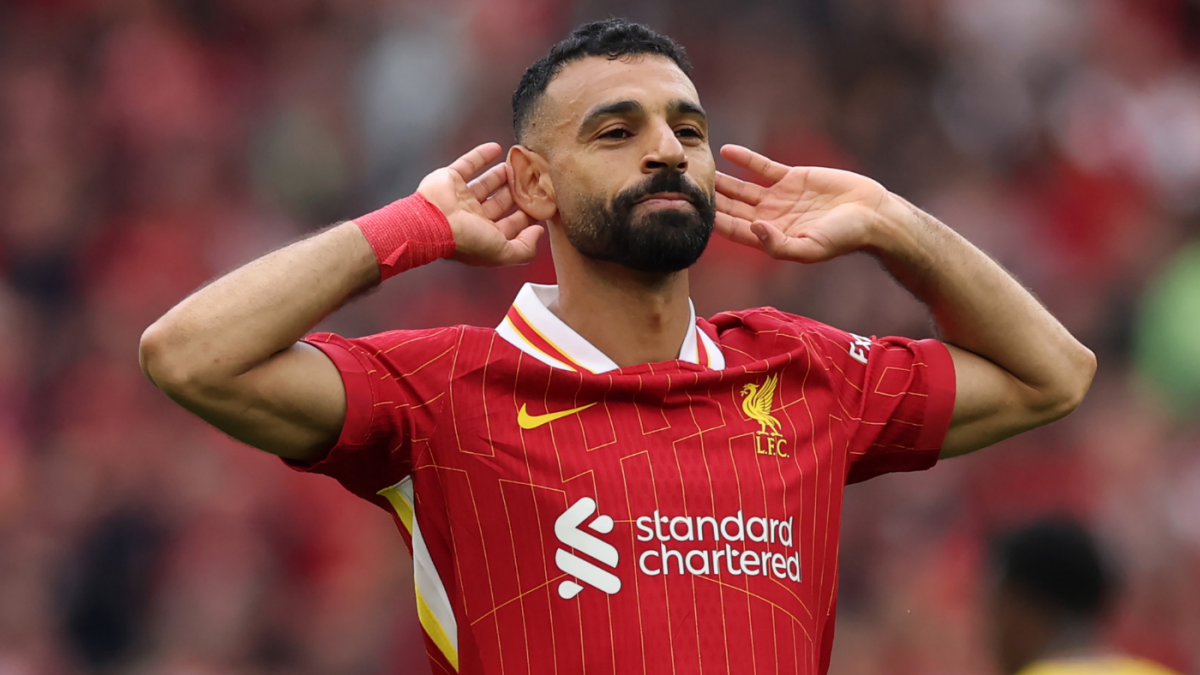The 2025 FIFA Club World Cup has generated significant discussion and controversy, primarily due to the notable absence of several prominent football clubs, including Liverpool, Barcelona, and Napoli. Despite triumphing in their domestic leagues, these giants will not participate in the newly expanded 32-team tournament, raising questions about the fairness and transparency of the qualification process, as well as the authenticity of the competition’s claim to showcase the best club teams globally.
Understanding the New Club World Cup Format and Qualification Criteria
The 2025 FIFA Club World Cup marks a significant shift from previous editions by expanding to a 32-team format. This ambitious model aims to gather a more diverse and representative batch of continental champions and high-ranking clubs worldwide. However, the qualification framework underpinning this expansion has been described as “opaque” and complicated, which has directly impacted which clubs qualify.
Qualification largely hinges on a combination of continental tournament victories (such as the UEFA Champions League) and a club ranking system based on performance over the last four years, managed by FIFA. A critical FIFA-imposed rule restricts participation to a maximum of two clubs per national association, creating a bottleneck for clubs in powerhouse footballing countries like England and Spain.
Why Liverpool, Barcelona, and Napoli Are Absent Despite Domestic Success
Liverpool, the Premier League champions, Barcelona, La Liga winners, and Napoli, Serie A champions, have all been excluded due to this two-clubs-per-country rule and the reliance on a multi-year club ranking system. This rule means that even if a team wins its domestic league, it can miss out if two of its compatriots (such as Manchester City and Chelsea in the Premier League, and Real Madrid and Atlético Madrid in La Liga) have already secured qualification by winning continental trophies or having higher club coefficients.
For instance, Liverpool reached the 2022 Champions League final but lost to Real Madrid, who holds a higher club ranking and are qualified. Similarly, Barcelona and Atlético Madrid’s European performances resulted in Atlético securing Spain’s second spot rather than Barcelona, despite the Catalans winning La Liga. Napoli’s exclusion comes from the same principle; other Italian clubs with stronger recent European or ranking performances take precedence.
Implications for Tournament Credibility and Club Perspectives
The absence of these widely regarded European champions undercuts FIFA’s assertion, voiced by President Gianni Infantino, that the Club World Cup gathers the “32 best teams on the planet.” The skewed qualification criteria mean the tournament misses some of the top-tier clubs from the most competitive leagues, calling into question the tournament’s ability to truly crown “the best team” in club football.
From a club perspective, this exclusion has mixed consequences. While missing out on the Club World Cup means losing potential prize money and global brand exposure, some perspectives argue that avoiding extra fixtures could benefit these clubs by reducing player fatigue, injury risk, and schedule congestion.
However, bars like Barcelona, which faces financial challenges, might feel the absence more acutely due to lost revenue opportunities from prize money. The new expanded format increases financial rewards, making exclusion particularly costly for clubs relying on these competitions to boost their finances.
Broader Impact on European and Global Football
The 2025 FIFA Club World Cup exposes tensions between domestic league success and continental performance in determining global club football supremacy. It reflects FIFA’s strategy to elevate the prestige of intercontinental competitions while balancing representation from various confederations.
Notably, some clubs from outside Europe and historically less dominant nations gain greater exposure and opportunity in this expanded format, which can stimulate football’s global development. Yet, for the entrenched European powerhouses not qualifying, the system feels arbitrary and frustrating.
The rule limiting two teams per country, while promoting geographical diversity, has a paradoxical effect of excluding some of the best teams from the most competitive leagues. This can dilute the perceived quality of the tournament, reducing appeal among fans who expect the very best teams to compete.
Conclusion: The 2025 FIFA Club World Cup’s Paradox of Prestige and Exclusion
The 2025 FIFA Club World Cup’s ambitious expansion aims to establish a truly global showcase of club football excellence but grapples with a flawed qualification system that excludes some of the most successful and popular teams. The absence of Liverpool, Barcelona, and Napoli—each domestic champions yet sidelined due to FIFA’s restrictive two-team-per-nation rule and reliance on a four-year ranking—underscores the tension between inclusivity and elite competition.
While this new format provides fresh opportunities for clubs beyond Europe’s traditional giants and seeks to grow football’s international footprint, the controversy around exclusion risks alienating fans and diminishes the tournament’s claim to determining the sport’s best club team. The coming years will test if FIFA can reconcile these competing interests to create a tournament that is both globally representative and truly competitive at the highest level.





